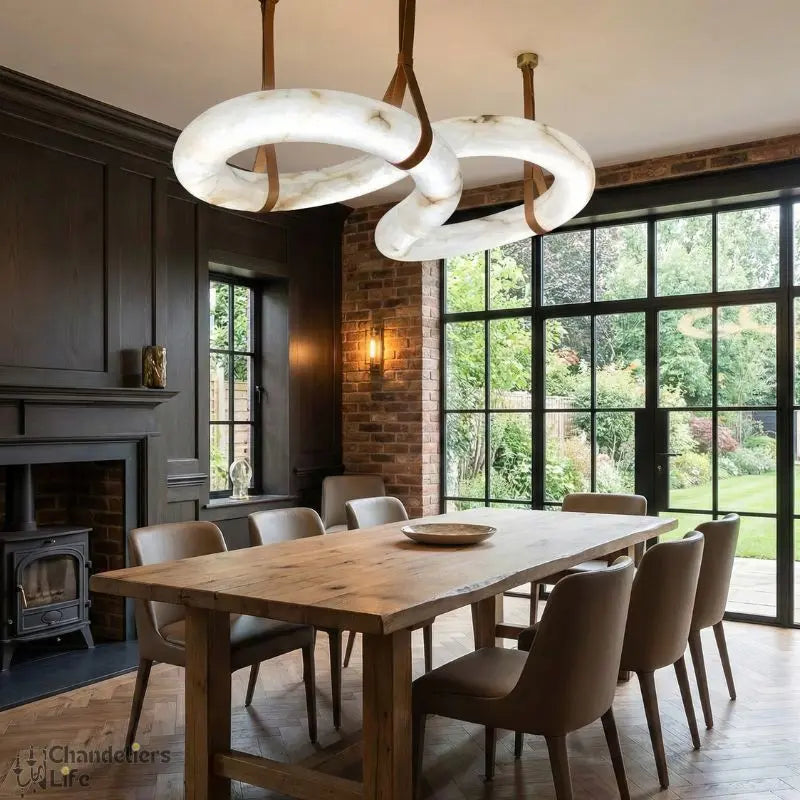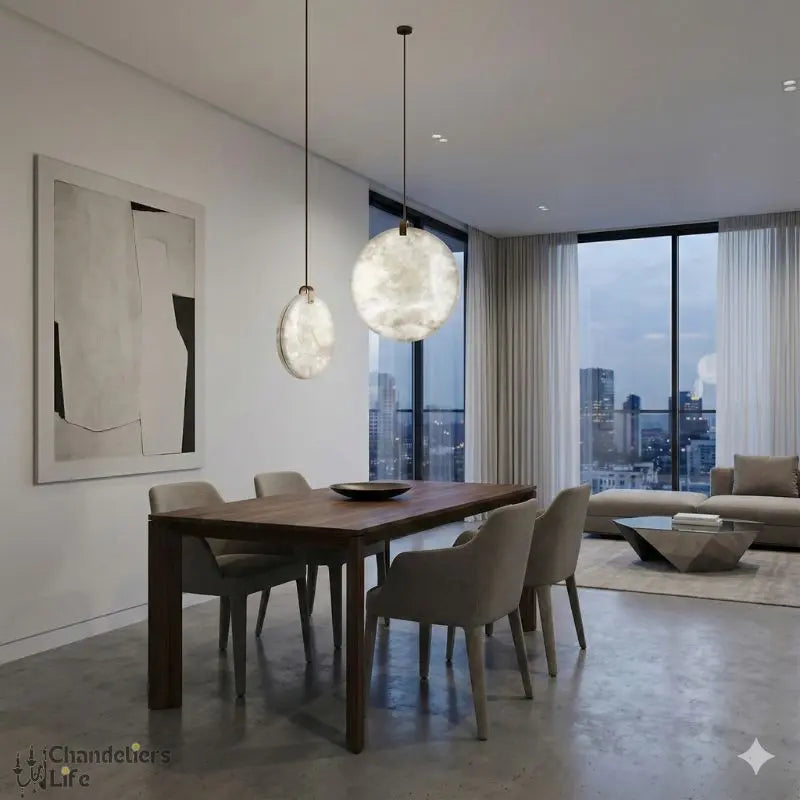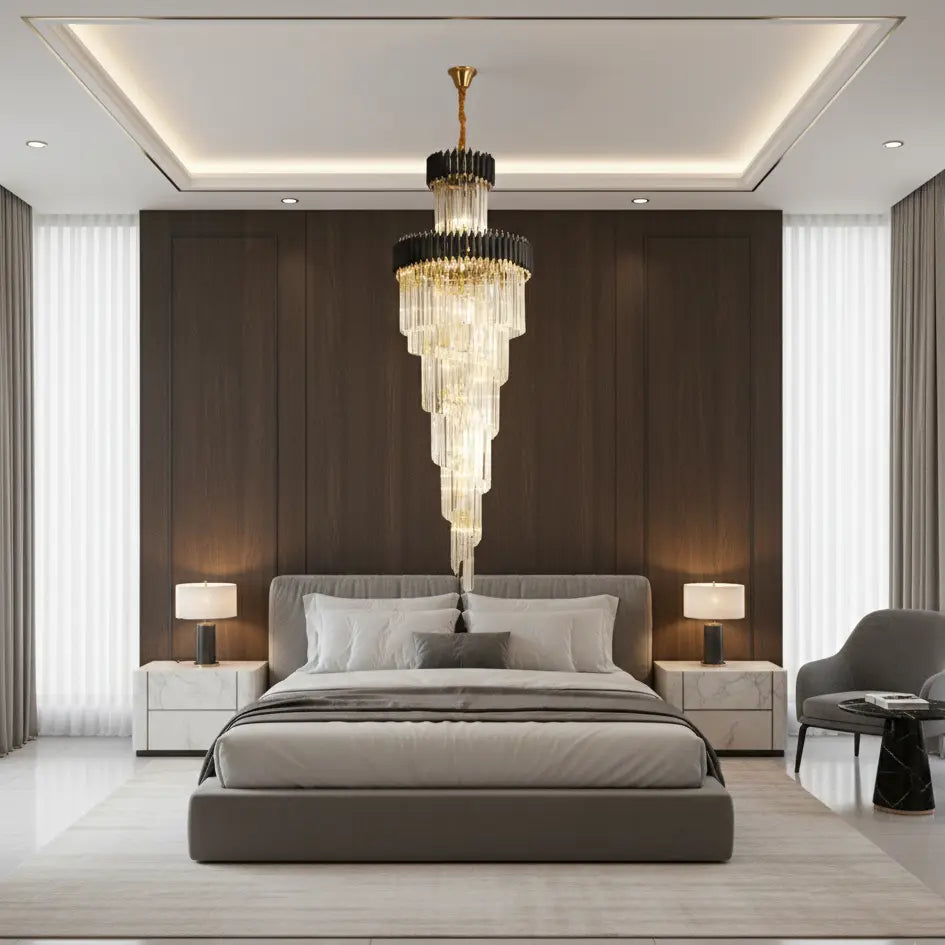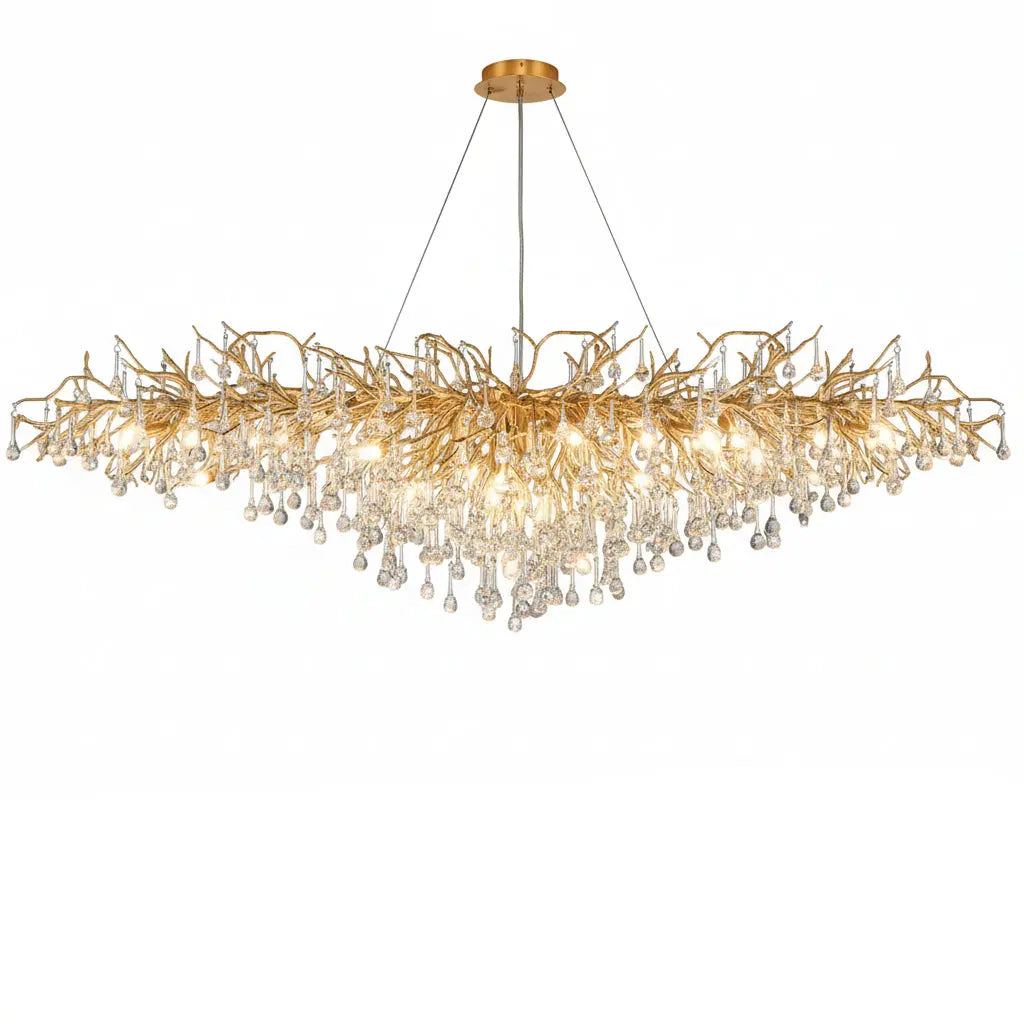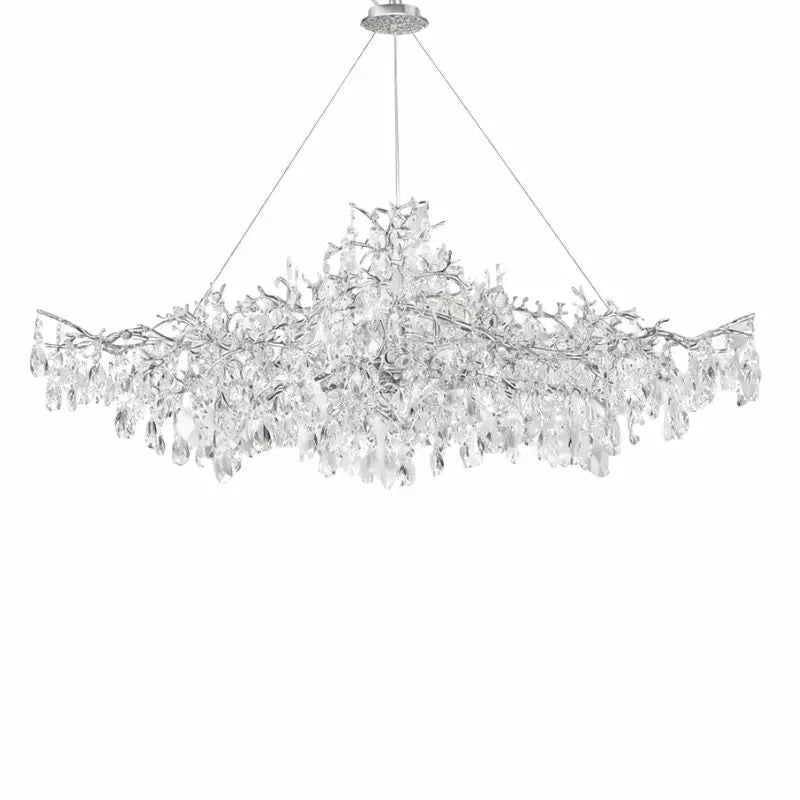In our ever-changing world, creating spaces that are both beautiful and kind to the environment is more important than ever. Eco-friendly interior design not only enhances the look of your home but also promotes a healthier planet. By making thoughtful choices, you can transform your space into a sanctuary that supports sustainability. This article explores the significance of eco-friendly design, how to use sustainable materials, and practical ideas to embrace this trend in your own home.
Key Takeaways
- Eco-friendly design helps reduce environmental harm and promotes cleaner air.
- Using sustainable materials can add uniqueness and character to your space.
- Energy-efficient appliances and lighting save money and resources.
- Recycling and upcycling old items can create beautiful, one-of-a-kind pieces.
- Global design trends offer inspiration for making your home more sustainable.
The Importance of Eco-Friendly Interior Design
Sustainable interior design is essential for creating spaces that are not only beautiful but also beneficial for our planet. By making eco-friendly choices, we can significantly reduce our environmental impact.
Understanding the Impact on the Environment
The choices we make in our homes can greatly affect the environment. Here are some key points to consider:
- Resource Conservation: Using sustainable materials helps preserve natural resources.
- Waste Reduction: Eco-friendly designs often minimize waste through recycling and upcycling.
- Carbon Footprint: Sustainable practices can lower our carbon emissions.
Health Benefits of Sustainable Design
Creating a healthy living space is crucial. Sustainable design can lead to:
- Improved air quality by using non-toxic materials.
- Enhanced well-being through natural light and green spaces.
- Reduced exposure to harmful chemicals found in conventional products.
Economic Advantages of Going Green
Investing in eco-friendly design can also save money in the long run. Consider these benefits:
- Lower Energy Bills: Energy-efficient appliances and lighting reduce costs.
- Increased Property Value: Homes with sustainable features often have higher resale values.
- Government Incentives: Many regions offer tax breaks for eco-friendly renovations.
Embracing sustainable interior design is not just a trend; it’s a commitment to a healthier planet and a better future for all.
By understanding the importance of eco-friendly interior design, we can create spaces that reflect our values and contribute to a sustainable future. Whether you prefer minimalist interior design, eclectic interior design, or even luxury home design, there are always ways to incorporate sustainable practices into your style.
Incorporating Sustainable Materials in Your Home
Choosing Reclaimed and Recycled Materials
Using reclaimed and recycled materials is a fantastic way to make your home more eco-friendly. Here are some options:
- Reclaimed Wood: Perfect for furniture and flooring, it gives a rustic charm while reducing waste.
- Recycled Metal: Great for fixtures and accents, it helps cut down on the need for new materials.
- Recycled Glass: Ideal for decor items, it adds a unique touch to your space.
Benefits of Low-VOC Paints and Finishes
Low-VOC (Volatile Organic Compounds) paints are essential for a healthier home. They:
- Improve indoor air quality.
- Reduce harmful emissions.
- Come in a variety of colors and finishes, making them perfect for any modern home design.
Innovative Eco-Friendly Products
There are many innovative products that can help you create a sustainable home. Consider:
- Bamboo Flooring: Durable and fast-growing, it’s a great alternative to traditional wood.
- Cork: Harvested without harming trees, it’s perfect for flooring and wall coverings.
- LED Lighting: Energy-efficient and long-lasting, it reduces your energy bills while being eco-friendly.
Embracing sustainable materials not only benefits the environment but also enhances the beauty of your space. By choosing wisely, you can create affordable homes that are both stylish and responsible.
Incorporating these materials into your home design can lead to a more sustainable future, making your space a true reflection of your values.
Energy Efficiency in Eco-Friendly Interior Design
Optimizing Lighting for Energy Savings
One of the easiest ways to make your home more eco-friendly is by using energy-efficient lighting. Switching to LED bulbs can save up to 75% more energy than traditional incandescent bulbs and last up to 25 times longer. Additionally, maximizing natural light can reduce the need for artificial lighting, creating a bright and welcoming atmosphere in your space.
Selecting Energy-Efficient Appliances
Using energy-efficient appliances is another key step in creating energy-efficient homes. Look for appliances with an Energy Star rating, which means they meet strict energy efficiency guidelines. Investing in these appliances can significantly lower your energy bills and reduce your carbon footprint. Here are some common energy-efficient appliances:
- Refrigerators
- Washers and dryers
- Dishwashers
Smart Home Technologies for Sustainability
Incorporating smart home design can greatly enhance your energy efficiency. Smart thermostats, lighting systems, and energy monitors allow you to control your energy usage more effectively. This technology not only helps in saving energy but also contributes to a more sustainable lifestyle.
By embracing energy-efficient home design, you can create a space that is both stylish and environmentally friendly. Small changes can lead to significant impacts on your energy consumption and overall comfort.
| Appliance Type | Energy Star Rating | Average Energy Savings |
|---|---|---|
| Refrigerators | Yes | 15% |
| Washers | Yes | 25% |
| Dishwashers | Yes | 20% |
Creative Recycling and Upcycling Ideas
Transforming Old Furniture into New Treasures
One of the best ways to embrace eco-friendly design is by recycling old furniture. Instead of tossing out that old dresser, consider how it can be transformed into something new. For example, a dresser can become a stylish bathroom vanity. Here are some ideas to inspire you:
- Paint: A fresh coat of paint can breathe new life into any piece.
- Repurpose: Use an old ladder as a bookshelf or a vintage door as a coffee table.
- Mix and Match: Combine different styles for a unique look.
DIY Projects with Recycled Materials
Creating your own decor can be both fun and sustainable. Here are some simple DIY projects:
- Pallet Coffee Table: Use wooden pallets to create a chic coffee table.
- Jar Herb Garden: Recycle jars to make a windowsill herb garden.
- Tire Ottoman: Old tires can be turned into stylish ottomans with some fabric and creativity.
Incorporating Vintage Finds into Modern Spaces
Shopping for vintage items is a great way to add character to your home. Look for unique pieces that tell a story. Here are some benefits of incorporating vintage finds:
- Sustainability: Buying secondhand reduces waste and pollution.
- Quality: Vintage items are often made with better materials.
- Character: Each piece adds a unique touch to your space.
Embracing creativity in your home design not only helps the environment but also allows you to express your personal style. Explore what you already own and see how it can be transformed into something inspiring!
Global Inspirations for Sustainable Interiors
Sustainable interior design is influenced by various cultures around the world, showcasing unique approaches to creating eco-friendly spaces. Incorporating global trends not only enhances the beauty of a space but also promotes environmental responsibility.
Scandinavian Minimalism and Sustainability
Scandinavian design is known for its minimalist homes that emphasize simplicity and functionality. Key features include:
- Use of natural materials like wood and stone.
- Maximizing natural light to reduce energy consumption.
- Creating open-plan homes that foster a sense of community.
Asian Bamboo Architecture and Design
Bamboo is a versatile and sustainable material widely used in Asian architecture. Its benefits include:
- Fast growth and renewability.
- Strength and flexibility, making it ideal for various designs.
- Aesthetic appeal that adds warmth to interiors.
Green Roofs and Urban Sustainability in Germany
Germany is a leader in urban sustainability, particularly with green roofs. These roofs offer:
- Improved insulation for buildings, reducing energy costs.
- Natural habitats for wildlife in urban areas.
- Reduction of stormwater runoff, contributing to better city planning.
By embracing these global inspirations, we can create spaces that are not only beautiful but also contribute to a sustainable future. Incorporating elements from Scandinavian home design or Asian bamboo architecture can transform your space into a sanctuary that respects the planet.
In conclusion, drawing from diverse cultural practices can lead to innovative and sustainable interior designs that reflect a commitment to both style and the environment.
Future Trends in Eco-Friendly Interior Design
As we look ahead, the world of eco-friendly interior design is evolving rapidly. Here are some key trends shaping the future:
Biophilic Design and Its Benefits
Biophilic design focuses on connecting indoor spaces with nature. This approach can:
- Improve mental well-being
- Enhance creativity
- Increase productivity
Incorporating natural elements like plants and water features can create a calming atmosphere in your home.
Advancements in Recycled Materials
Innovations in recycling are leading to new materials that are both stylish and sustainable. Some examples include:
- Recycled glass tiles
- Upcycled textiles
- Smart recycled plastics
These materials not only reduce waste but also add unique character to contemporary home design.
The Rise of Circular Design Practices
Circular design practices focus on creating products that can be reused or recycled at the end of their life cycle. This trend encourages:
- Designing for disassembly
- Using renewable resources
- Reducing waste in production
By adopting these practices, designers can contribute to a more sustainable future.
The future of sustainable design is bright, with innovative solutions emerging to help us create beautiful spaces while protecting our planet.
In conclusion, as we embrace these trends, we can transform our spaces into eco-friendly havens that reflect our commitment to sustainability. Let's make choices that not only beautify our homes but also benefit the environment.
Role of Interior Designers in Promoting Sustainability
Interior designers play a crucial role in making our spaces more eco-friendly. Their choices can greatly influence the environment by determining the materials and products used in homes and offices. Here are some key ways they promote sustainability:
Educating Clients on Sustainable Choices
- Designers inform clients about the benefits of using eco-friendly materials.
- They help clients understand the long-term savings from energy-efficient options.
- Designers can showcase the aesthetic appeal of sustainable products.
Collaborating with Eco-Friendly Suppliers
- Working with suppliers who prioritize sustainable practices ensures better material choices.
- Designers can source local materials, reducing transportation emissions.
- They can advocate for products that are made from recycled or reclaimed materials.
Innovative Design Solutions for Sustainability
- Designers can create spaces that maximize natural light, reducing the need for artificial lighting.
- They can incorporate energy-efficient appliances and fixtures into their designs.
- By using multifunctional furniture, they can help reduce waste and save space.
By embracing sustainable practices, interior designers not only enhance the beauty of spaces but also contribute to a healthier planet.
In summary, interior designers are key players in the movement towards sustainability. Their efforts can inspire clients and communities to make greener choices, leading to a brighter future for everyone.
Interior designers play a key role in making our spaces more eco-friendly. They choose materials and designs that help save energy and reduce waste. By focusing on sustainability, they not only create beautiful environments but also protect our planet. If you're interested in learning more about how to make your home more sustainable, visit our website for tips and ideas!
Conclusion: A Greener Tomorrow Starts Today
In conclusion, making your home eco-friendly is not just a trend; it's a necessary step toward a better future. By choosing sustainable materials, using energy-efficient appliances, and getting creative with your design, you can create a beautiful space that also helps the planet. Every small change you make counts, and together, we can all contribute to a healthier environment. So, take the first step today and embrace eco-friendly interior design. Your home can be a place of comfort and a champion for sustainability!
Frequently Asked Questions
What is eco-friendly interior design?
Eco-friendly interior design focuses on creating spaces that are good for the environment. It uses sustainable materials and practices to reduce waste and pollution.
How can I make my home more sustainable?
You can start by using recycled materials, choosing energy-efficient appliances, and adding plants to improve air quality.
What are the benefits of using sustainable materials?
Sustainable materials are better for the planet and can improve your health. They often produce less waste and can save you money in the long run.
Are eco-friendly products more expensive?
Sometimes, eco-friendly products can cost more upfront, but they often save you money over time through energy savings and durability.
How can I incorporate recycling into my home design?
You can upcycle old furniture, use recycled decor items, and create DIY projects with materials you already have.
What are some trends in eco-friendly interior design?
Some current trends include biophilic design, using smart home technology, and focusing on circular design practices that reduce waste.







